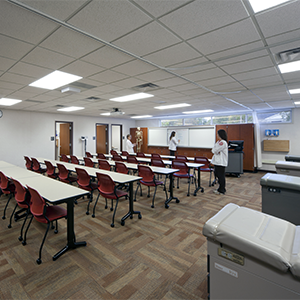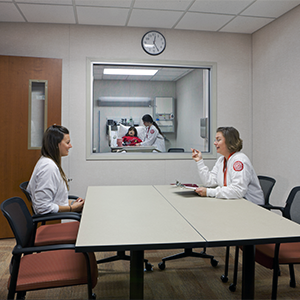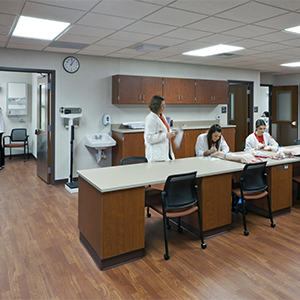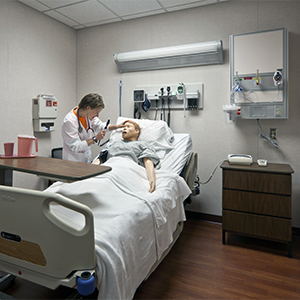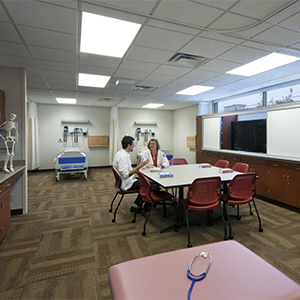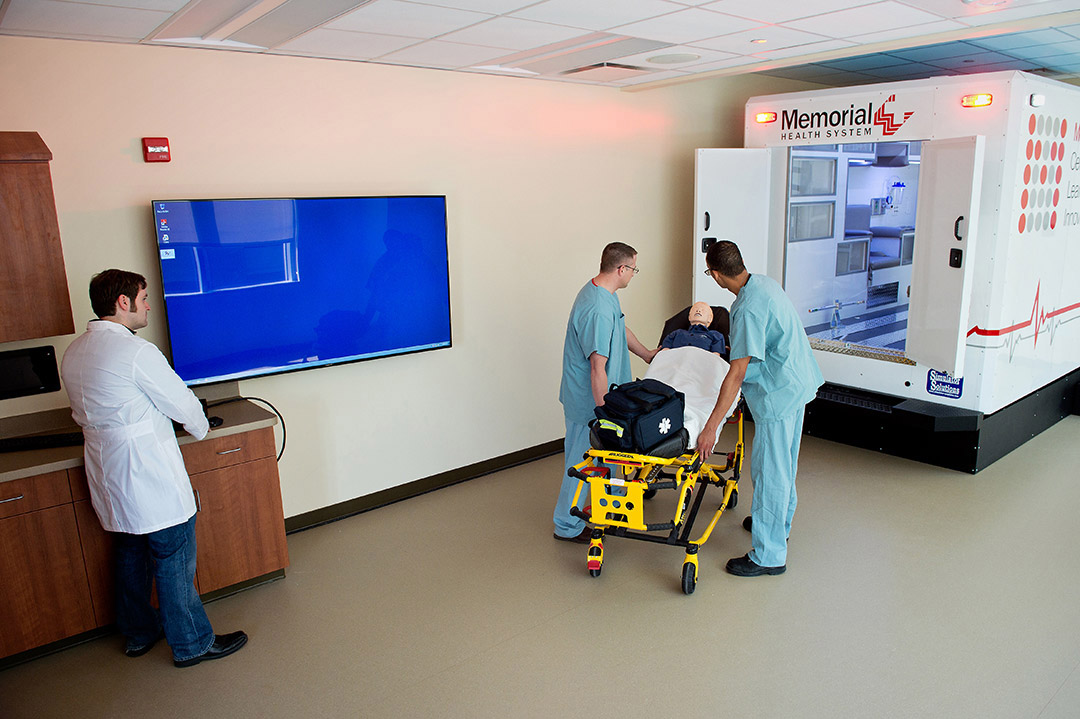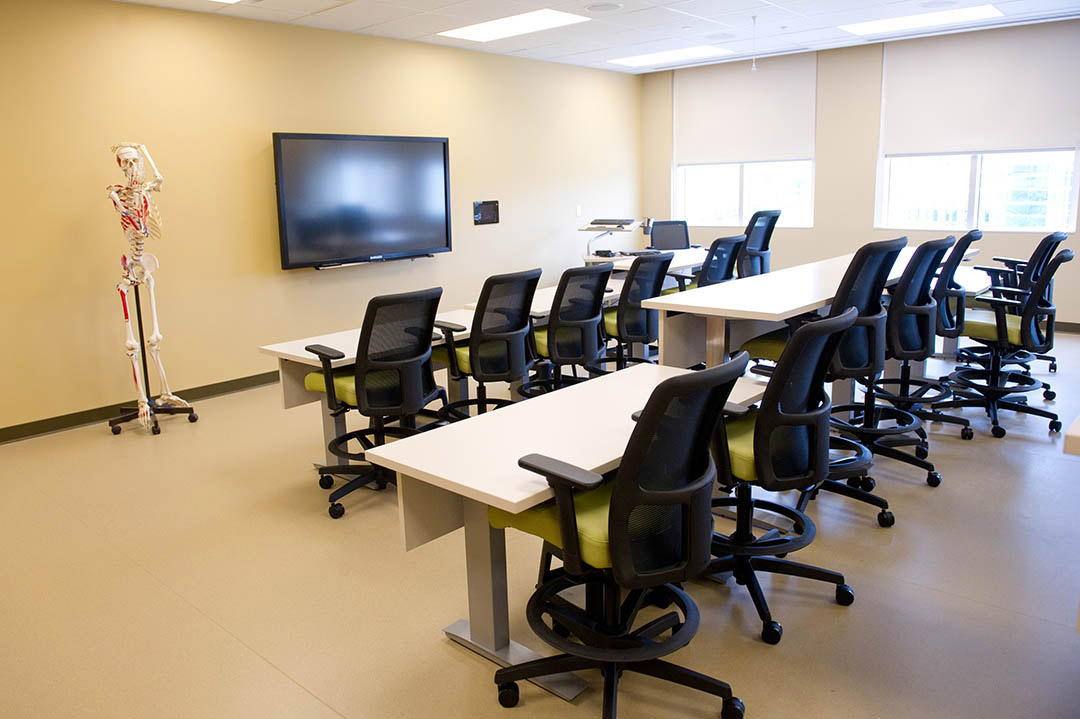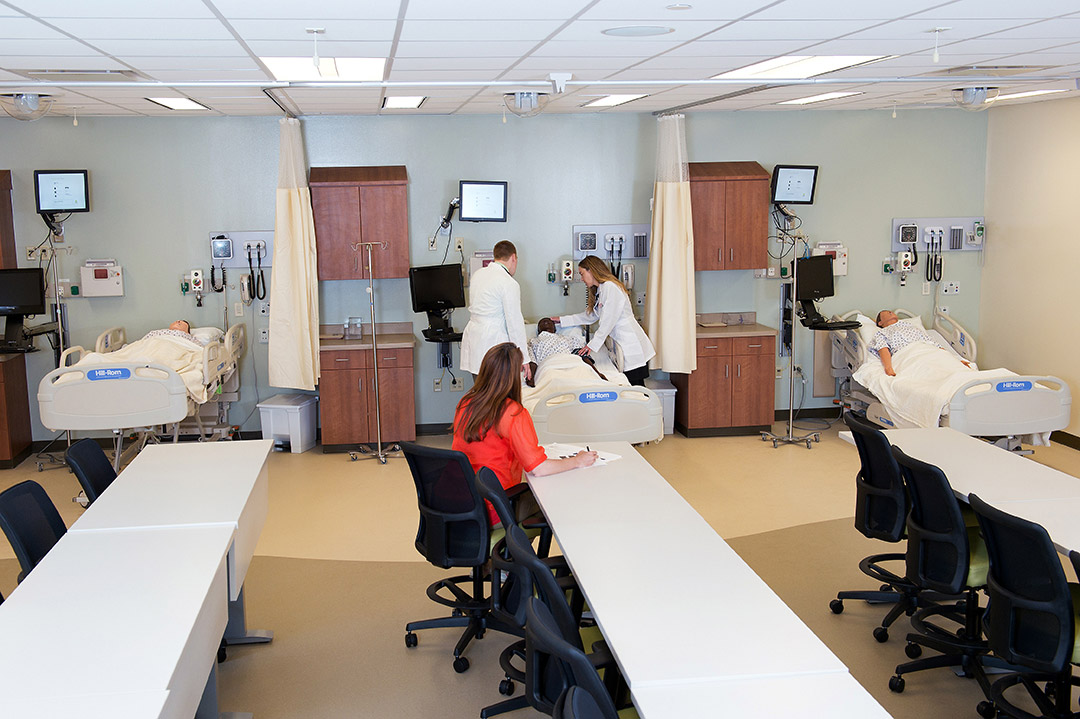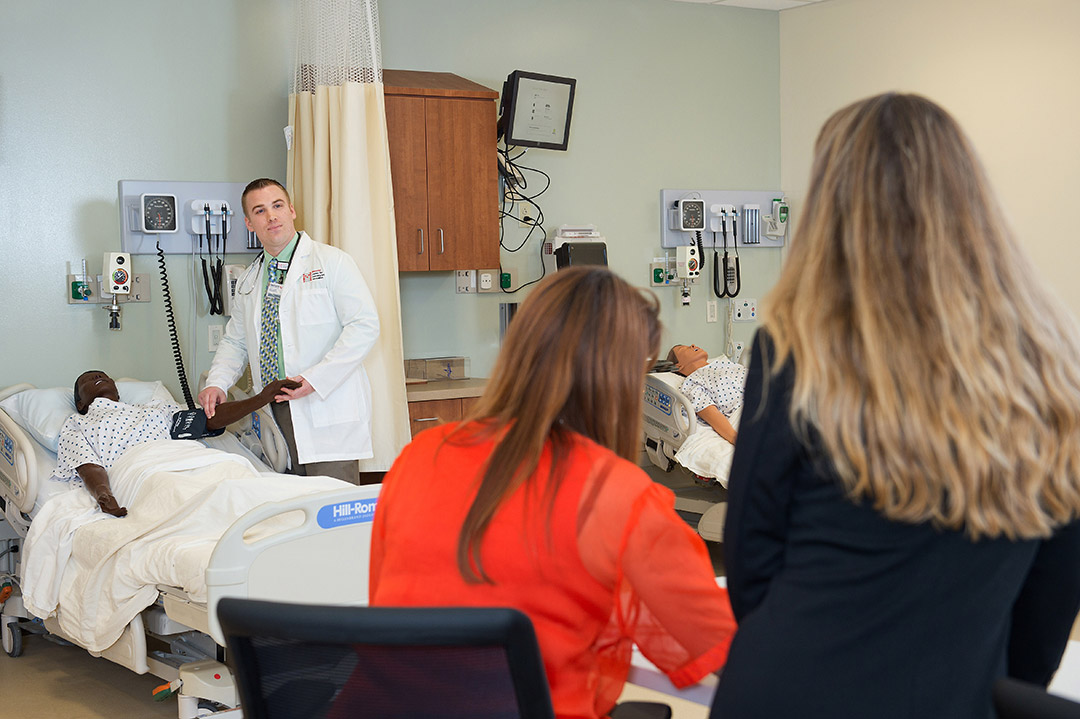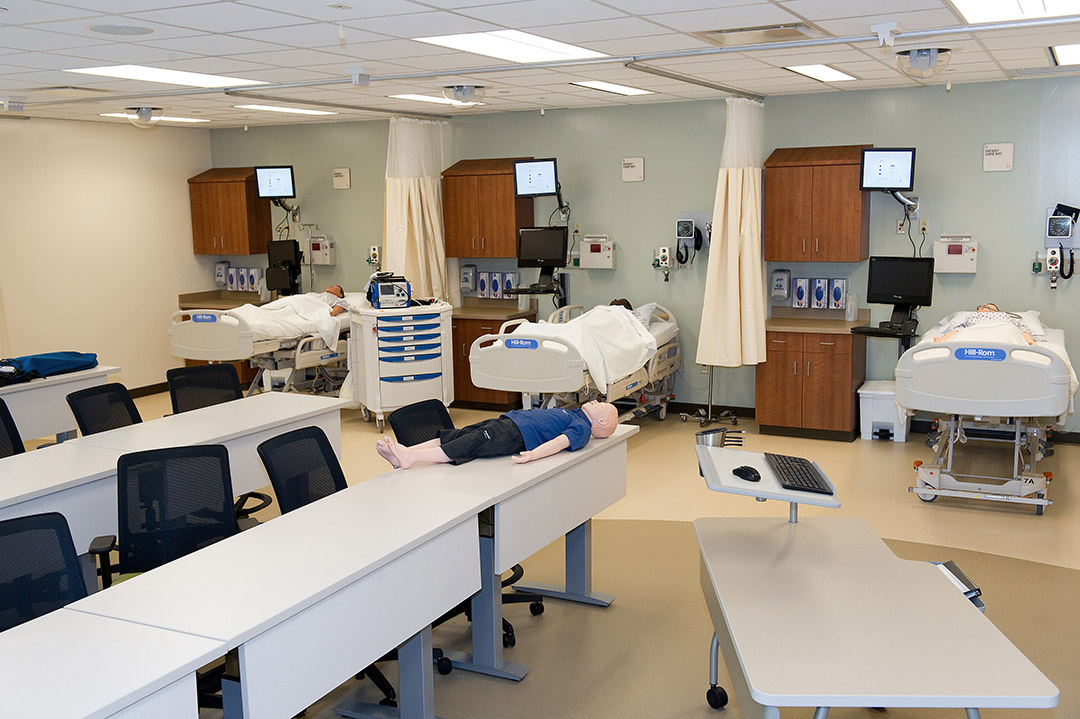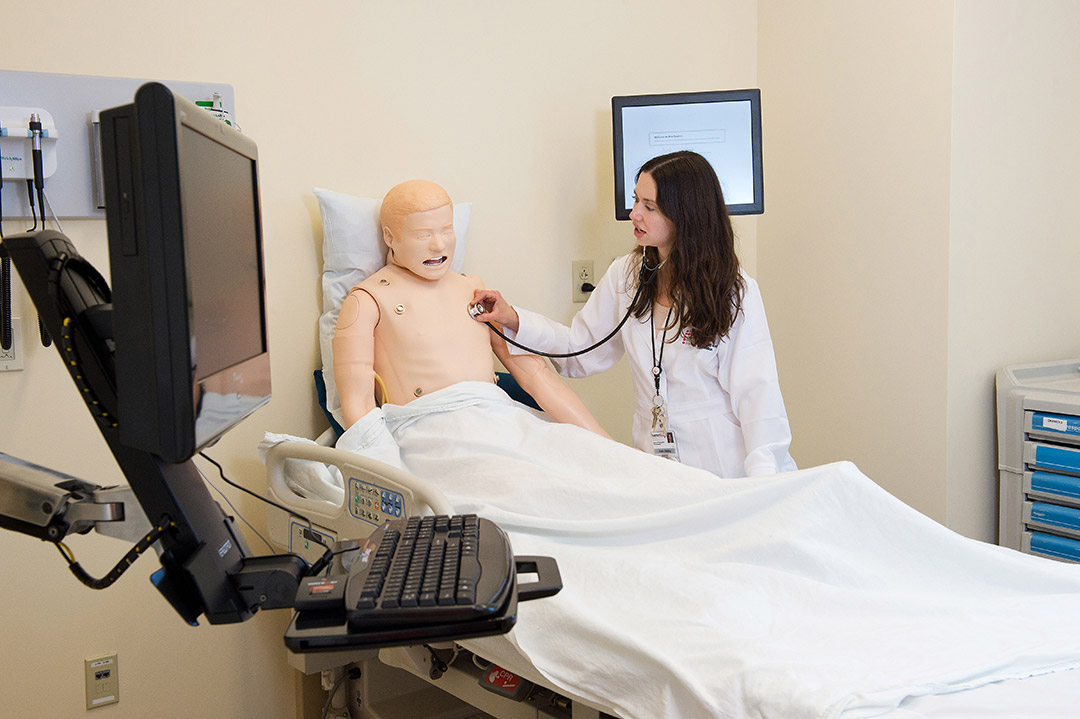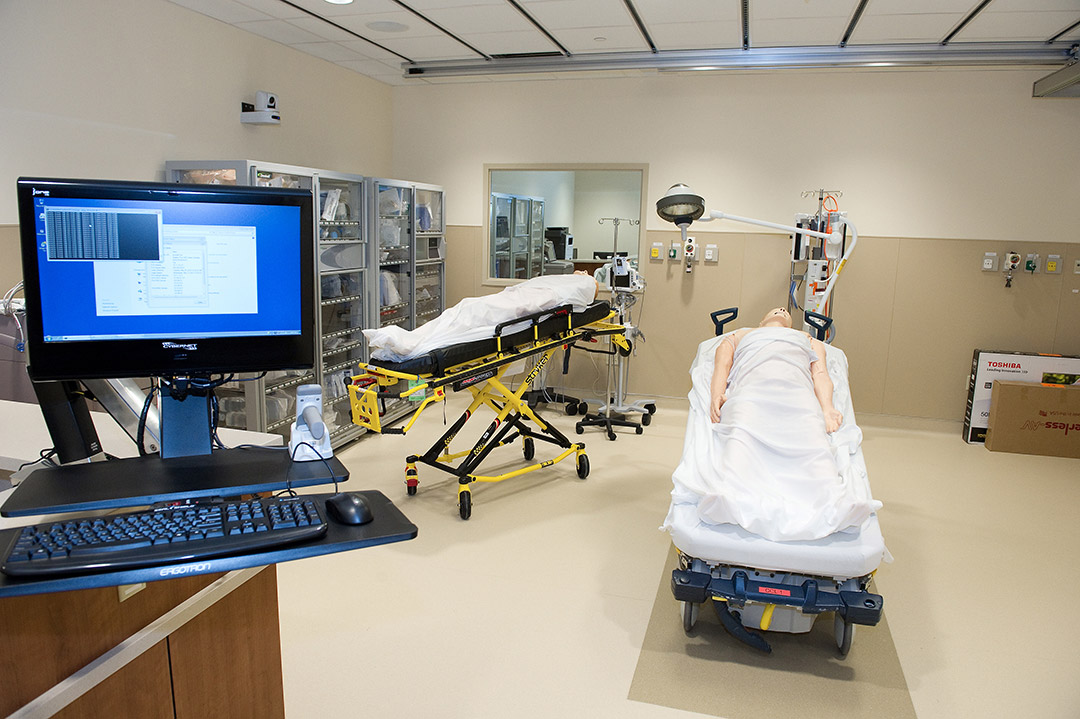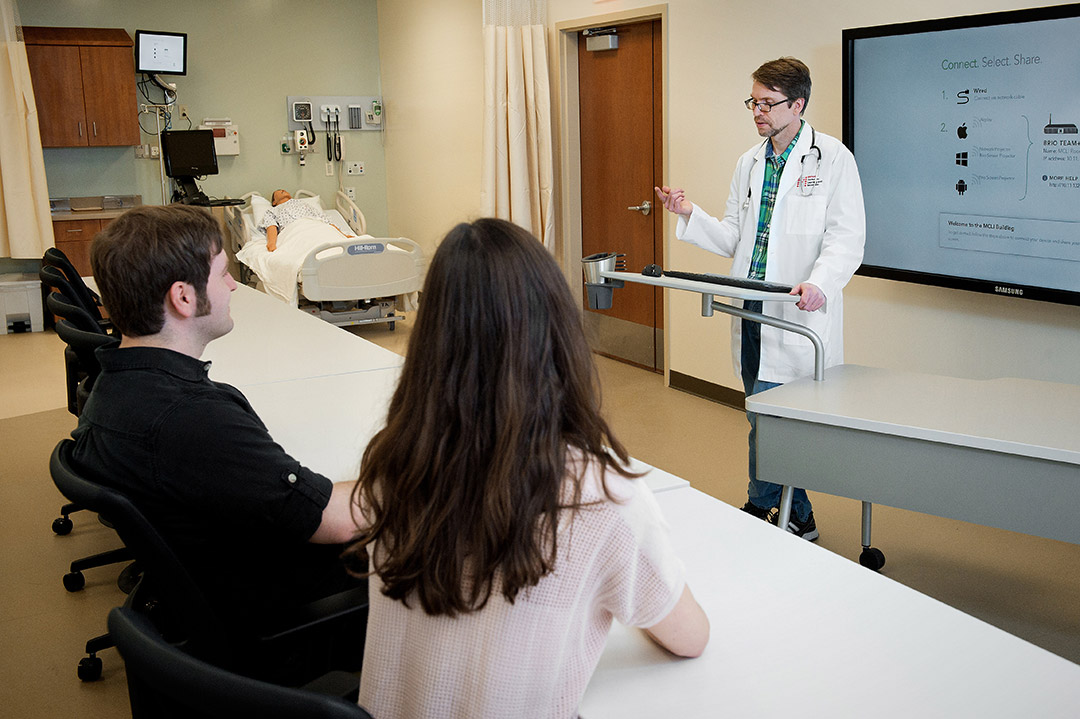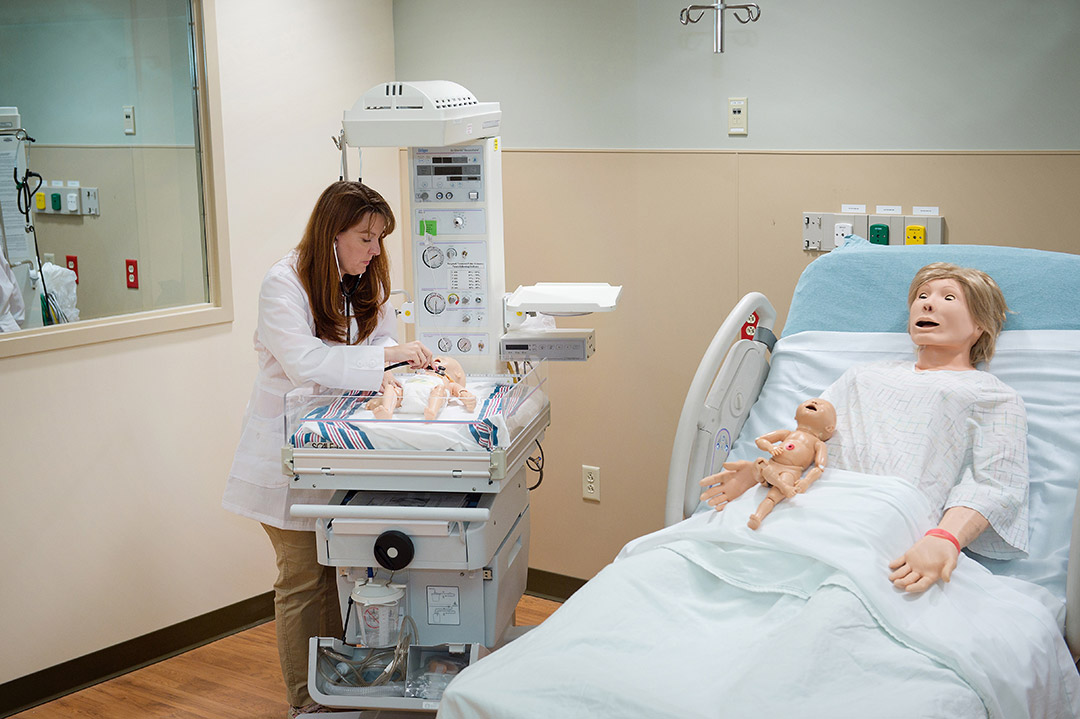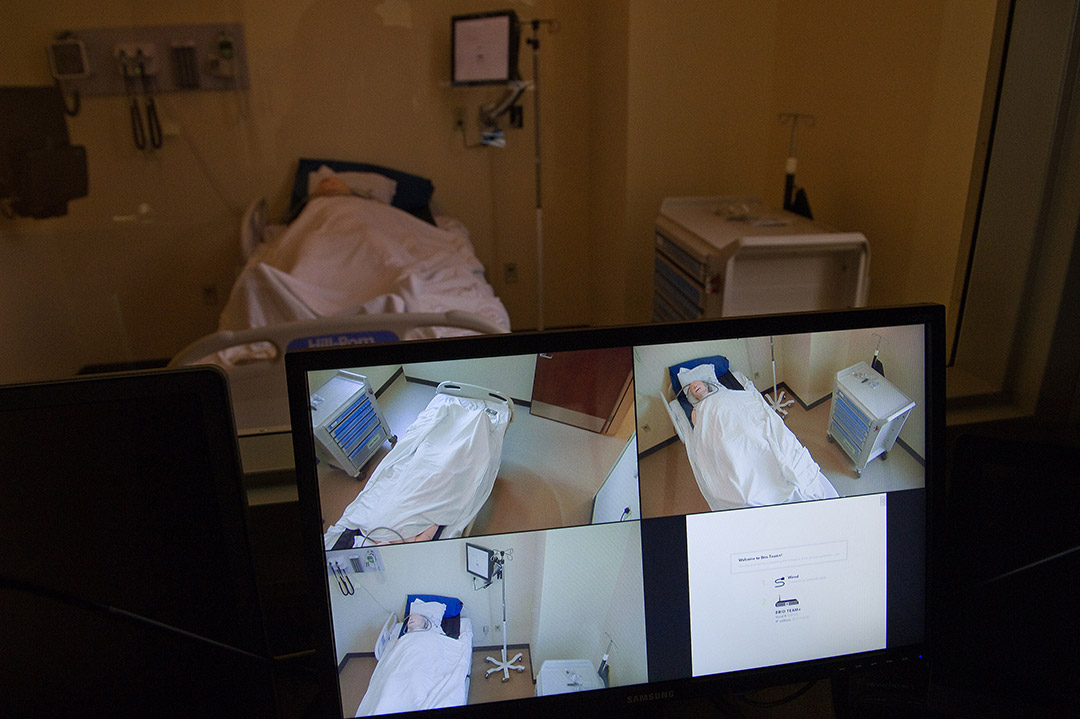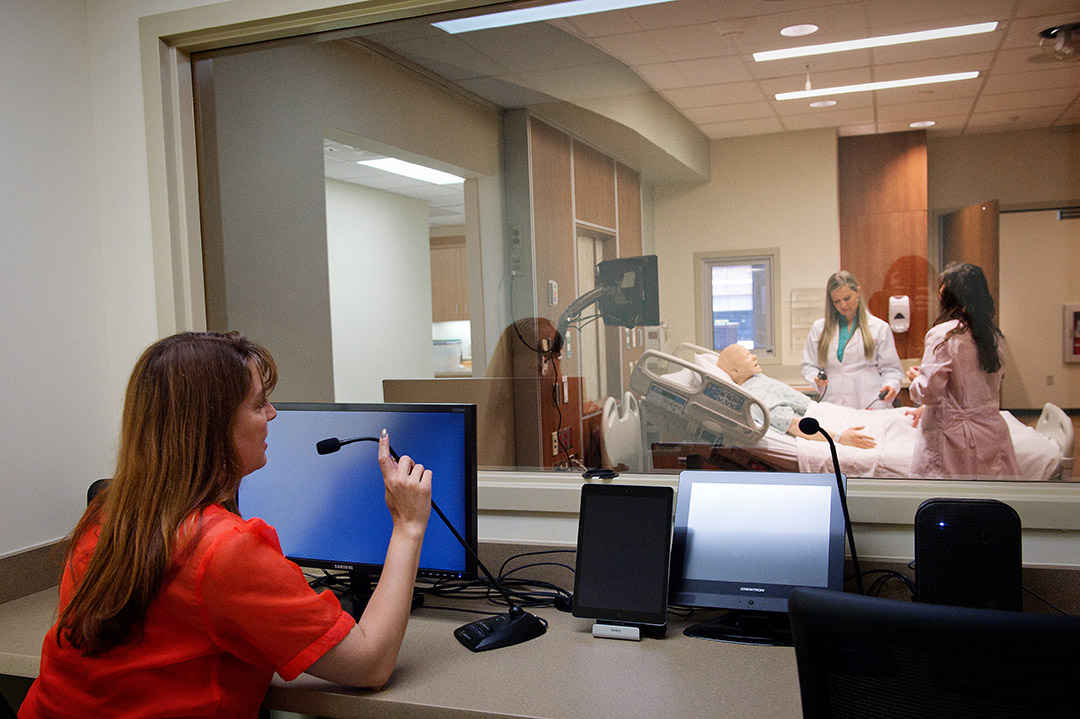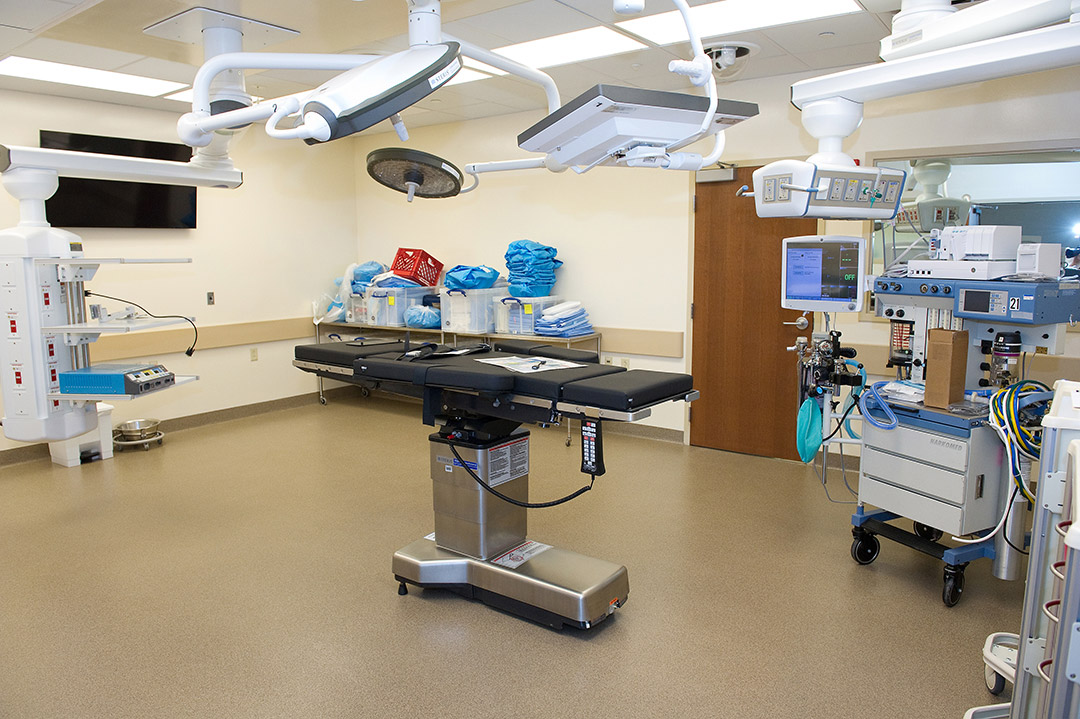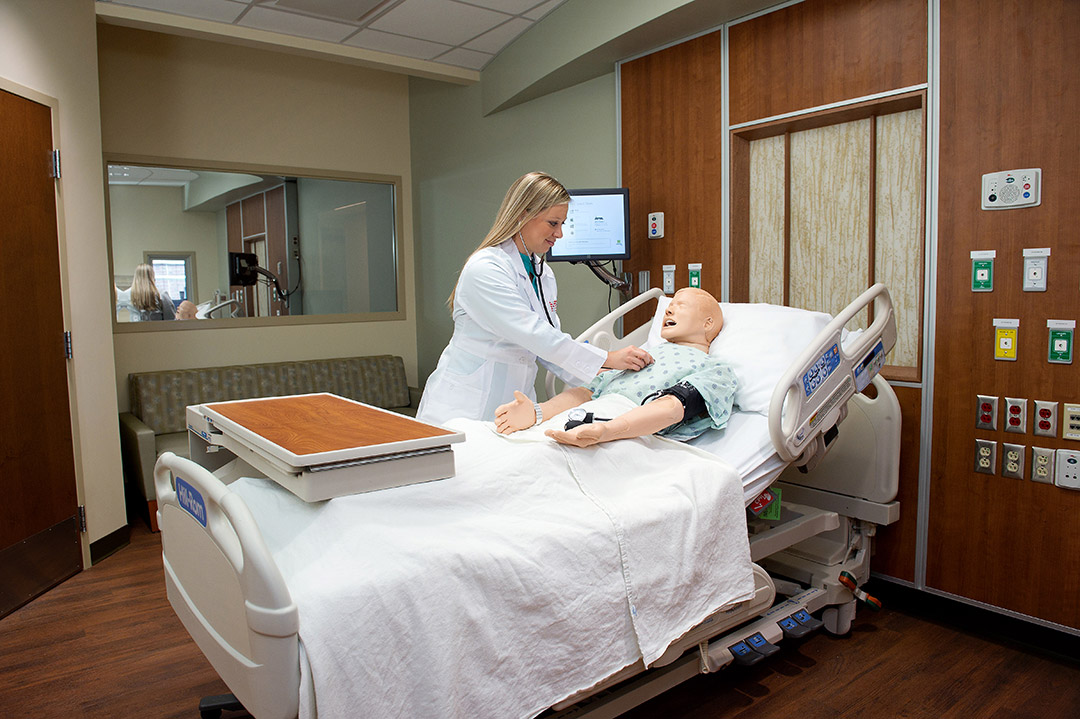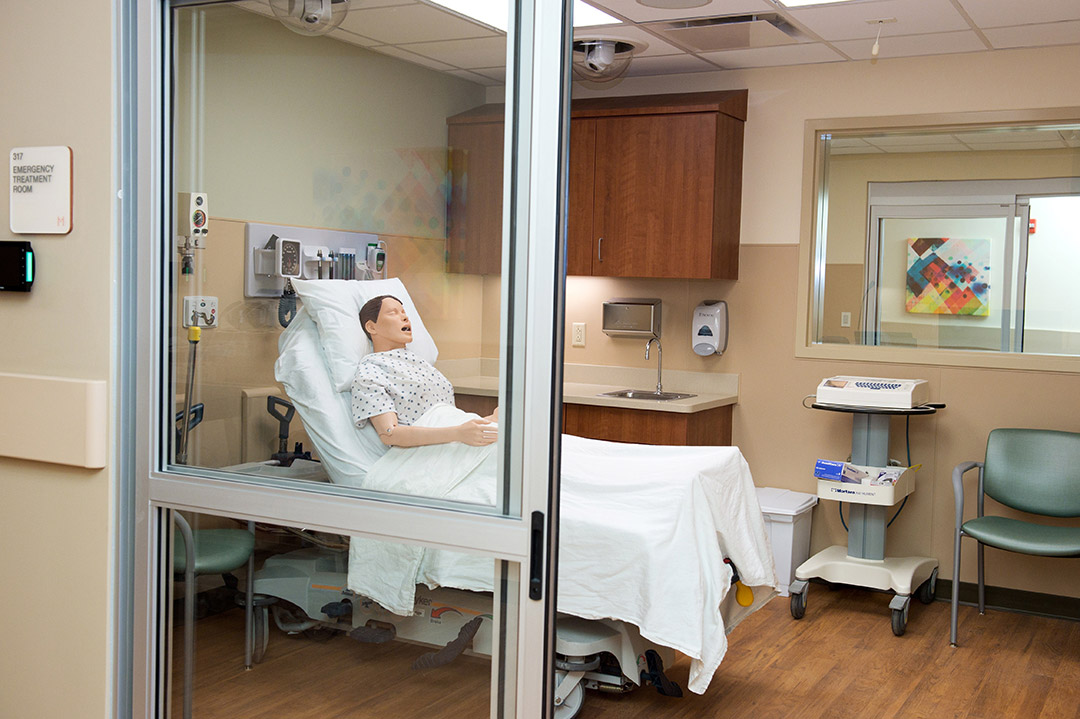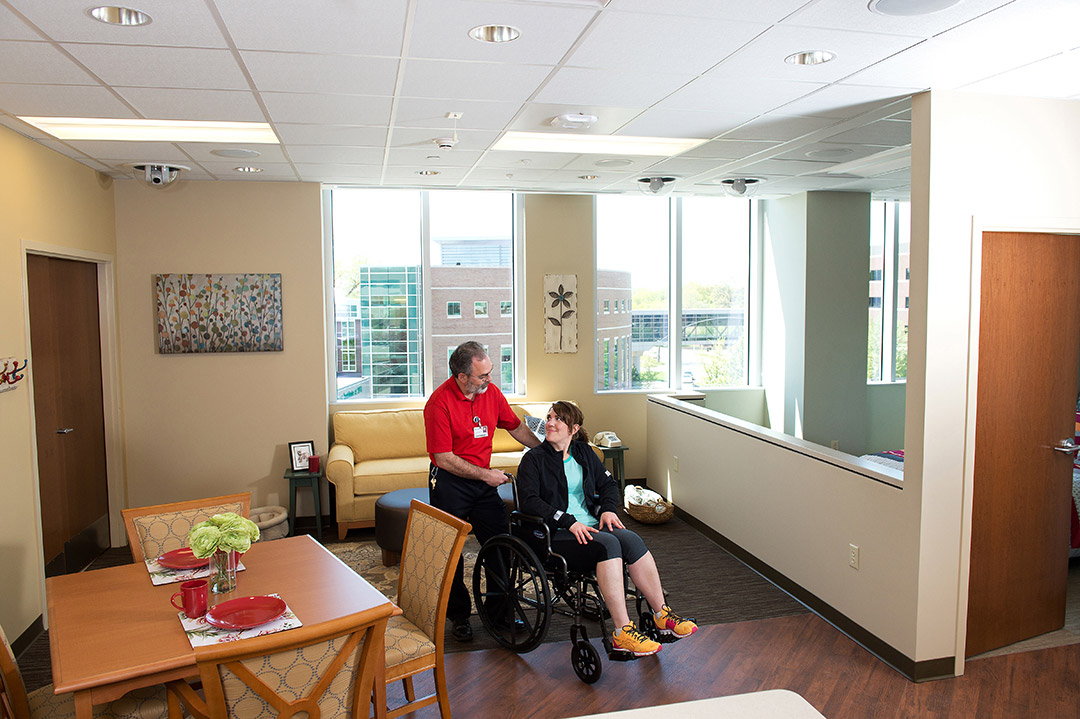Facilities
Edwards Hall
Mennonite College of Nursing at Illinois State University is based in Edwards Hall, on the Quad, which is the heart of the Illinois State campus. This building accommodates faculty offices, advising, research, and student support for nursing students.
Nursing Simulation Laboratory - Normal, IL
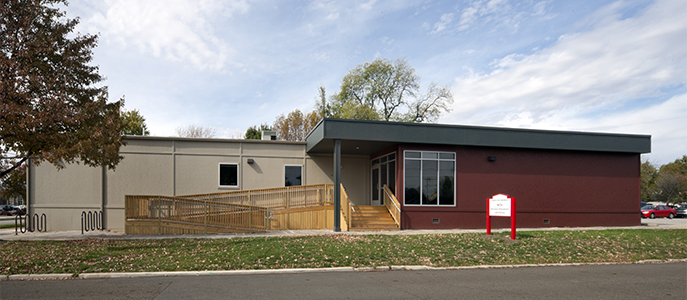
The MCN Nursing Simulation Laboratory opened in August of 2011. This modular facility was approved by the Illinois State University's Board of Trustees in 2010 for expansion of Mennonite College of Nursing. An expansion of the lab is currently underway, with the new facility planned to open in 2024. This facility accommodates assessment labs, classrooms, patient simulation areas and offices, and is located at the corner of Locust Street and Normal Avenue – across from the Bone Student Center's visitor parking lot.
-
Video Overview
See the Lab in action with our Simulation Lab video.
-
3D Tour
Step inside our lab with Google Maps Street View.
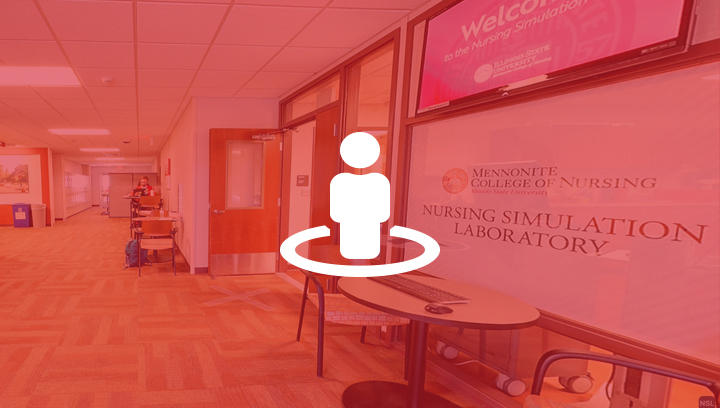
Memorial Learning Center – Springfield, IL
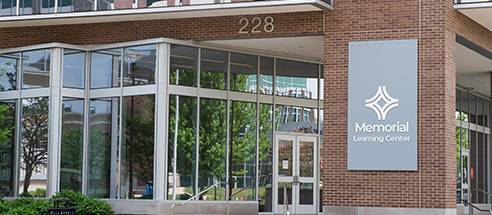
Transfer students attending at our Springfield location experience Memorial Health’s state-of-the-art simulation lab. Features that are unique to this location include a simulated ambulance, true-to-life hospital environment, and operating room.
Learn more
Questions about our lab environments or our new Springfield location? Contact us at (309) 438-7400 or mcninfo@IllinoisState.edu.

